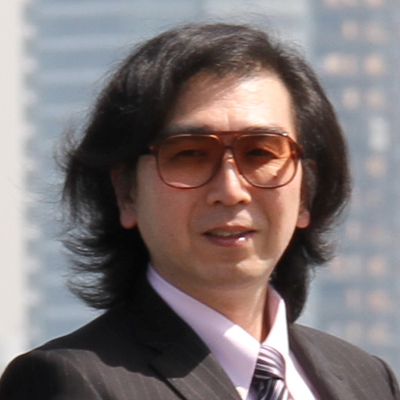Timeschedule [March 12]
| Time | Seminar |
|---|---|
| 9:00-9:10 |
Opening Remarks
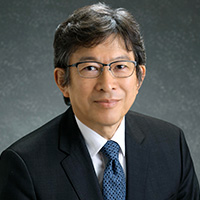
Speaker
|
| 9:10-9:50 |
OP-1 Opening speech
Science for Robotics and Robotics for Science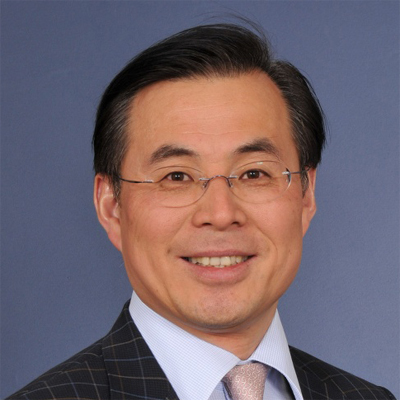
Speaker
SummaryFrom molecular machines to large-scale systems, from outer space to deep-sea exploration, robots are becoming ubiquitous and their impact on our lives and society is growing at a pace that we have never seen before. Science Robotics has been launched to cover the most significant advances in robots and their applications. This talk will outline the vision of Science Robotics and cover some of the key advances in the filed in recent years and major challenges in the next 10 years. It will also cover my own field of research, medical robotics, and illustrate some of the engineering and translational achievements and how this may transform the future healthcare and precision surgery. ProfileProfessor Guang-Zhong Yang is director and co-founder of the Hamlyn Centre for Robotic Surgery. His main research interests are in medical imaging, sensing and robotics. He is a Fellow of the Royal Academy of Engineering, fellow of IEEE, IET, AIMBE, IAMBE, MICCAI, CGI and a recipient of the Royal Society Research Merit Award. He is the founding editor of Science Robotics (http://robotics.sciencemag.org/) and was awarded a CBE in the Queen’s 2017 New Year Honour for his contribution to biomedical engineering. Read More
|
| 9:50-10:50 |
K-1 Keynote Speech
Cybathlon: a competition for athletes with disabilities using most advanced robotic technologies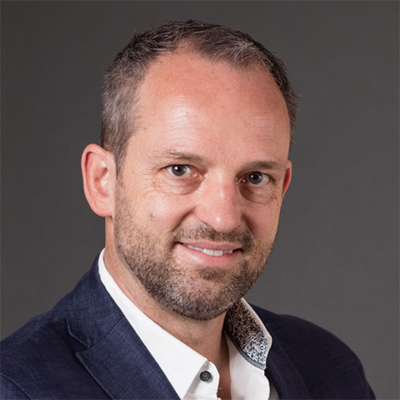
Speaker
SummaryThis talk will present the history and future vision of the Cybathlon, which is a new kind of championship, where people with physical disabilities compete against each other at tasks of daily life, with the aid of most advanced robotic technologies. The Cybathlon aims to promote the development of useful assistive devices. The six disciplines include races with arm and leg prostheses, exoskeletons, powered wheelchairs etc. The first championship has taken place in Zurich, in October 2016. Currently there is a series of events and exhibitions organized in different places all over the world. The next main event will be in held in Zurich, May 2020. ProfileRobert Riener is Full Professor for Sensory-Motor Systems at the Department of Health Sciences and Technology, ETH Zurich. He holds a Double-Professorship with the University of Zurich and is active in the Spinal Cord Injury Center of the Balgrist University Hospital (Medical Faculty of the University of Zurich). His current research interests involve human motion synthesis, biomechanics, virtual reality, man-machine interaction, and rehabilitation robotics. He authored and co-authored more than 400 peer-reviewed journal and conference articles and 20 patents. Read More
|
| 11:00-11:40 |
S1-1 Sponsored Session
Approach for vision recovery by color signal control algorithm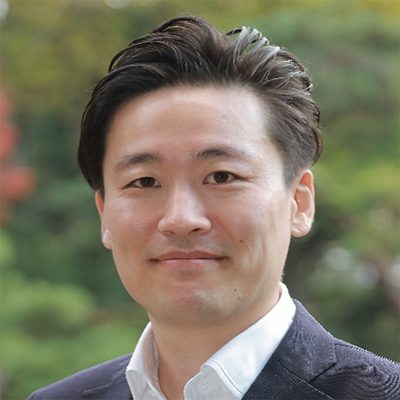
Speaker
SummaryAlong with the gene therapy, we are working on the glasses to be developed in our project (i.e., a glass with a special function that controls direct photoreceptor cell by color signal control algorithm) that enable a person with vision loss to read and write about surrounding sight, human expression, and letters by wearing these glasses. I will be introducing about this project. ProfileIn 2012, I joined JIG-SAW INC. I served as a Marketing/Sales Division Manager and Next Platform Propulsion Manager. Currently, I am engaged in various types of advanced projects such as IoT and demonstration experiment as a Business Strategy Manager. Read More
|
| 11:40-12:20 |
S1-2
Giving Rise to Social Innovation with Innovative Cybernic System
|
| 12:20-13:30 | exhibition hours |
| 13:30-14:10 |
S2-1
The Creation of New Robot Era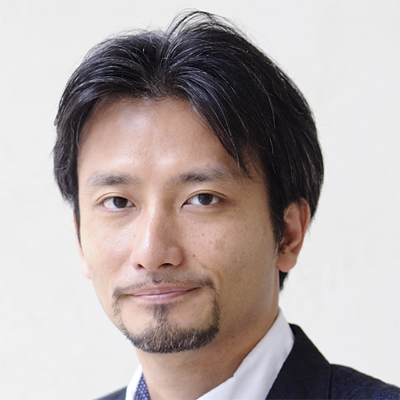
Speaker
SummaryIt seems a new era living with robot is just coming. Robots and Smart Speaker products are getting more and more popular. Our lifestyle is now changing by merging robot hardware and software. I will demonstrate latest robots and talk about the creativity in a robot era. ProfileMr.Takahashi is widely known for single-handedly researching, developing, designing, and manufacturing humanoid robots from scratch. His designs include KIROBO(the first communication robot in space), De Agositini ROBI (robot kit with magazine, sold 200 million USD), and many more. EVOLTA(featured in a TV commercial for Panasonic batteries) climbed a 1,500 foot rope to scale a cliff in the Grand Canyon, and RoBoHoN(Robot Phone), which debuted in Japan last year, is a small personal robot that can talk, walk, dance, and recognize faces, yet also functions as a smartphone. Takahashi competes in RoboCup soccer tournament, and famously won the Louis Vuitton Humanoid Cup five years in a row. TIME magazine highlighted one of his creation in its “Coolest Inventions of 2004”article, and he holds multiple Guinness records for his robotic achievements. Read More
|
| 14:10-14:50 |
S2-2 Sponsored Session
AXiR Engine / P-HARP for Healthcare Big Data Analysis and Disease Risk Estimation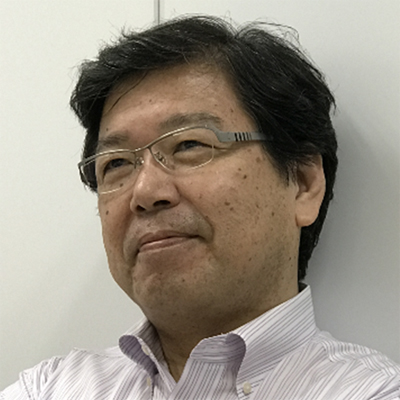
Speaker
SummaryAXiR Engine is designed for Big Data Analysis and Estimation Engine in Healthcare. Today Preventive care or Preemptive medicine is key to save people’s lives and wasting time/money. However people need to know current position in health condition and it’s going well or any risk of cancer or the others in life. AXiR Engine can help this and P-HARP realizes one of the best expected healthcare platforms. How is the estimation/prediction performance going up? ProfileHe has over 20 year experience related to new architecture of CPU/DSP in VLSI design. Program counter base CPU/DSP and GPU has clearly some limitation for prallel data processing. He introduced new architecture to meet highly parallel data processing application. And he spent over 5 years for wearable device that makes big contribution in medical or healthcare application. He is targeting big data analysis by heybrid type AI estimation/prediction engine, AXiR Engine / P-HARP. Read More
|
| 14:50-15:50 | exhibition hours |
| 15:50-16:30 |
S3-1
Neurological Therapeutic Medical Robot, PARO, for Non-pharmacological Therapy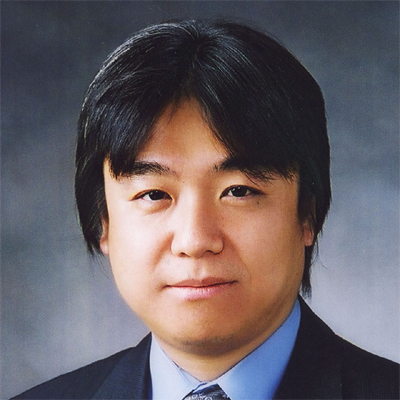
Speaker
SummarySeal Robot, PARO, is a neurological therapeutic medical device in the US. Interaction with PARO can improve anxiety, depression, pain, loneliness and stress of the interacting people. PARO has been applied to people with dementia, PTSD, cancer, developmental disorders and/or others. PARO reduces usage of psychotropic medications that cause side effects and should be reduced. Clinical evidence of those effects and ways of integration of PARO to social systems will be explained. ProfileProf. Takanori Shibata was born in 1967 and received Ph.D. from Nagoya University in 92. He was a research scientist at AIST from 93 to 98. Concurrently, he was a visiting research scientist at the AI Lab., MIT from 95 to 98, and a visiting research scientist at the AI Lab., Univ. of Zurich in 96. Dr. Shibata was a senior research scientist at AIST from 98 to 13. Concurrently, he was the Deputy Director for Information and Communication Technology Policy, Bureau of Science, Technology and Innovation Policy, Cabinet Office of Japan from 09 to 10. Since 2013, concurrently, the has been a professor at Tokyo Institute of Technology and a visiting fellow at the AgeLab., MIT. Read More
|
| 16:30-16:50 | exhibition hours |
| 16:50-17:50 |
K-2 Keynote Speech 2
MicroNano Robotics based on New Principle for Future Medicine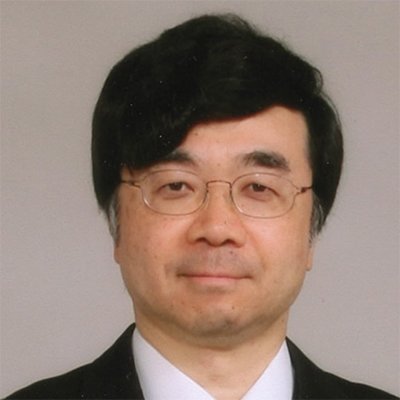
Speaker
SummaryA real 3D micro fabrication process using photo curable polymer named “micro/nano stereolithography” developed by Professor Ikuta’s laboratory has been utilized for creating innovative micro robots and automation systems such as “optically-driven micro/nano robots” working in liquid to handle a cell and various kind of Chemical IC chips for Tissue engineering and portable analyzer of micro-RNA for early cancer detection. Unique education process such as “egg drop” and “stupid research contest” are introduced for creative education. ProfileProfessor Koji Ikuta received double major in Material Science and Biophysical Engineering from Osaka University and Ph.D in Control Engineering from Tokyo Institute of Technology. He joined the Center for Robotic Systems at the University of California (UCSB). He has been a full professor in micro/nano engineering at Nagoya University and moved to the University of Tokyo in 2010. He was awarded many academic prizes including Purple Medal from Japanese Emperor in biomedical micro machines and medical robotics. Read More
|
| 18:00-19:30 |
SN
Cocktail Party Science Night
Date: March 12, 2018 |

